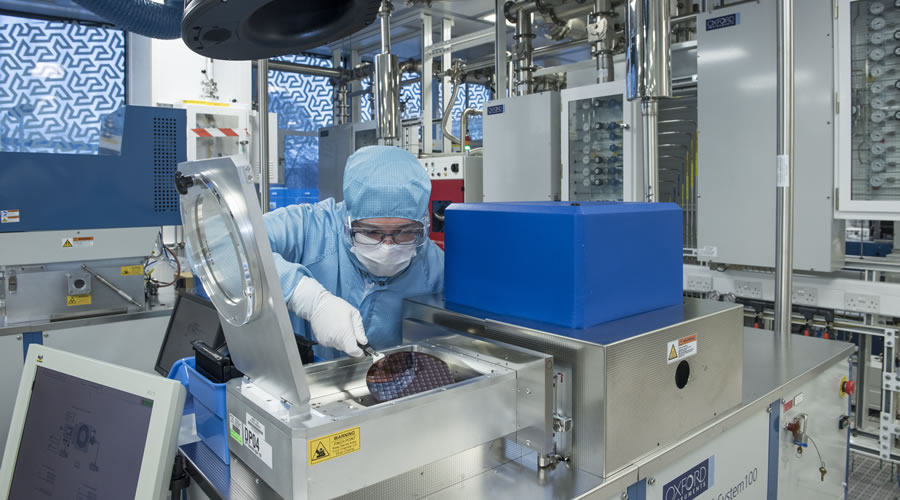Atomic layer deposition
Atomic layer deposition is a special type of deposition that allows sub-nanometre films to be deposited. The process is cyclic, beginning with the creation of a hydrogen-terminated surface and followed by the chemisorption of special polar molecules onto the surface. This reaction is self-limiting and hence the film thickness saturates at a value that is typically less than 1 nm after a few seconds. This cycle is then repeated to build up a thicker layer. ALD is suitable for producing very thin layers (a few nm), but is not suitable for producing thick layers (above ~100nm). The deposition requires liquid precursors, which are typically liquid halides or organometallics. For high vapour pressure liquid sources, argon is bubbled through the liquid precursor to provide a vapour for the PECVD, whereas for low vapour pressure liquid sources the bottle is just open to the deposition chamber.
OPT FlexAl RPX: Atomic Layer Deposition
This system is equipped with four liquid precursor modules and hence can deposit up to four different ALD layers in the same run. It can be used to deposit HfO2, TiN, ZnO and Al2O3 using TEMAH, TiCl4, DEZ and TMA precursors respectively. The deposition rate is typically between 0.2 and 1.5 angstrom per cycle. The system can accept wafers up to 200 mm (8”) in diameter and can do depositions on small pieces placed on a larger wafer.
Veeco Savannah: Thermal ALD for R&D
The Veeco S200 offers thermal (up to 350 °C) atomic layer deposition on substrates up to 200 mm (8”). It offers two modes Continuous Mode (high speed) or Exposure Mode (ultra-high aspect ratio). It is configured with heated precursor lines and up to six lines capable of handling gas, liquid or solid precursors.

